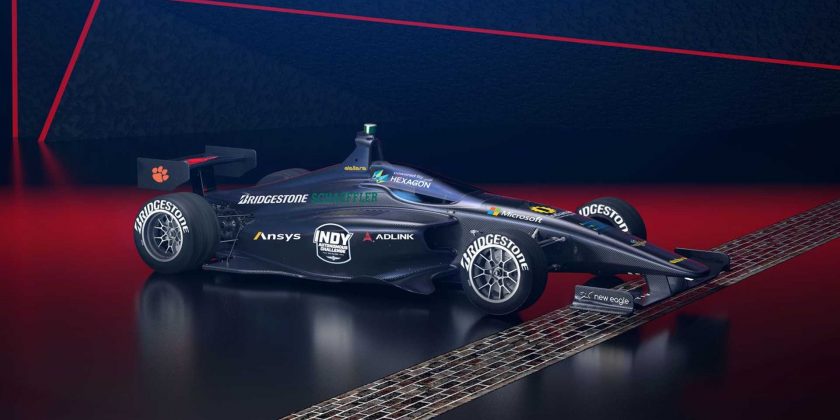An excellent STEM opportunity.
The month of May can mean many different things to those in the automotive space. To some it’s simply the month after April, but to others it signifies a celebration of speed in Indianapolis – culminated by the greatest spectacle in racing, the Indy 500. However, 2021 marks the first year of the Indy Autonomous challenge, putting 30 teams against each other for a $1 million top prize.
We know the driverless component will prove to be very controversial, but there’s already great interest from existing companies in the motorsport industry. Dallara – the same company that builds race cars for the premiere Indycar series – has built the autonomous vehicle for the event.
Gallery: Indy Autonomous Challenge
Before we see any comments about oversimplifying oval racing, we’d be remiss not to mention that it’s much more three dimensional than turning left for a while. Teams will have to program the cars to properly draft behind others, take the fastest lines, and even save tires – among the thousands of other factors that real drivers face behind the wheel of a race car.
Many will jump to conclusions about driverless racing being a ploy to take over in the near future, but it’s important to mention that motorsport provides a fantastic testing platform for future road tech. Aside from development opportunities, the series will also provide an excellent outlet for University STEM programs; the Clemson University International Center For Automotive Research is already heavily involved.
Semantics aside, the Indy 500 will continue just as it did before. In fact, we wouldn’t be surprised if existing Indycar teams might hire competitors from the autonomous challenge. Regardless, the Indianapolis Motor Speedway is still one of the most iconic race tracks in the world.
Source:
Indycar
Source: Read Full Article







